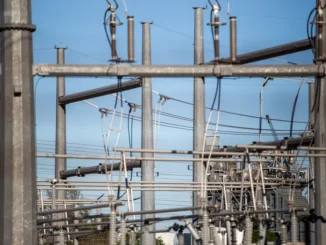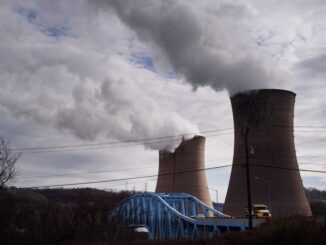
In a stark indicator of shifting priorities in the US energy sector, clean-energy project cancellations, closures, and scale-backs reached a staggering $22 billion in the first half of 2025. This figure, representing about 17% of the $133 billion in green projects announced since early 2022, underscores growing investor hesitation amid policy uncertainties and economic pressures.
Many of these initiatives, particularly in Republican-led states, were poised to leverage Biden-era incentives, but anticipation of subsidy rollbacks has already triggered a wave of pullbacks.
Are you from California or New York and need a tax break?
The trend is poised to accelerate following President Donald Trump’s signing of the “One Big Beautiful Bill Act” on July 4, 2025. This sweeping legislation phases out key tax credits for wind and solar, including the Section 45Y Production Tax Credit (PTC) and Section 48E Investment Tax Credit (ITC), for facilities placed in service after December 31, 2027.
It also imposes restrictions on foreign entities and domestic content requirements, effectively ending long-standing federal support for these renewable sources.
Projects starting construction between January 1 and July 4, 2025, may still qualify for full credits, but anything beyond that faces steep reductions or elimination.
Analysts project this could curb wind and solar buildout by more than 70 gigawatts (GW) by 2030, driving up household energy costs and favoring fossil fuels.
The bill’s impact comes at a critical juncture, as highlighted in the Department of Energy’s (DOE) grid reliability report released on July 7, 2025. The report warns of a 16% surge in electricity demand by 2030, fueled by AI data centers adding 35–108 GW of load and advanced manufacturing.
We covered that in this story: DOE’s Grid Reliability Report Sounds the Alarm: Opportunities for Investors in a Strained Energy Landscape
Against this, 104 GW of mostly coal-fired capacity is set to retire, exacerbating vulnerabilities. While 209 GW of new capacity is planned, only 22 GW consists of firm baseload sources like natural gas and nuclear, leaving the bulk reliant on variable renewables such as wind and solar.
Without sufficient firm power, the DOE projects blackouts could skyrocket 100-fold, from single-digit annual outage hours today to over 800 by 2030.
Regions like PJM and ERCOT face the highest risks, each needing an additional 10.5 GW of “perfect capacity” to maintain reliability.
This mismatch signals opportunities for investors in dispatchable energy. Companies like Peabody Energy (coal), Constellation Energy (nuclear), and Vistra Corp (natural gas) stand to benefit from a renewed focus on baseload reliability.
Grid modernization firms such as GE Vernova could also thrive by addressing interregional dependencies and outage mitigation. The report critiques over-reliance on variable renewable energy (VRE), advocating for a balanced portfolio that prioritizes firm sources to prevent unacceptable risks within five years.
With subsidy cuts now law, the acceleration of green project cancellations is inevitable. Many wind and solar developments hinged on these incentives to achieve financial viability, especially amid rising interest rates and supply chain costs. The $22 billion in first-half cancellations were largely preemptive, driven by bill rumors; post-enactment, expect a cascade as developers reassess unprofitable ventures.
Regarding the roughly 187 GW of planned VRE capacity (approximating the user’s 180 GW figure from the 209 GW total minus 22 GW firm), a significant portion could face axing. Drawing from early trends and analyst forecasts, up to 70–100 GW might be canceled or delayed by 2030 due to lost tax credits alone.
This estimate factors in the bill’s phase-outs, which reduce credit values for post-2025 starts, and the DOE’s emphasis on firm power needs. If demand growth outpaces additions—as projected—investors may pivot entirely to natural gas and nuclear, further sidelining renewables. The result? A strained grid with heightened blackout risks, but potential boons for traditional energy stakeholders.
Is Oil & Gas Right for Your Portfolio?
Crude Oil, LNG, Jet Fuel price quote
ENB Top News
ENB
Energy Dashboard
ENB Podcast
ENB Substack





